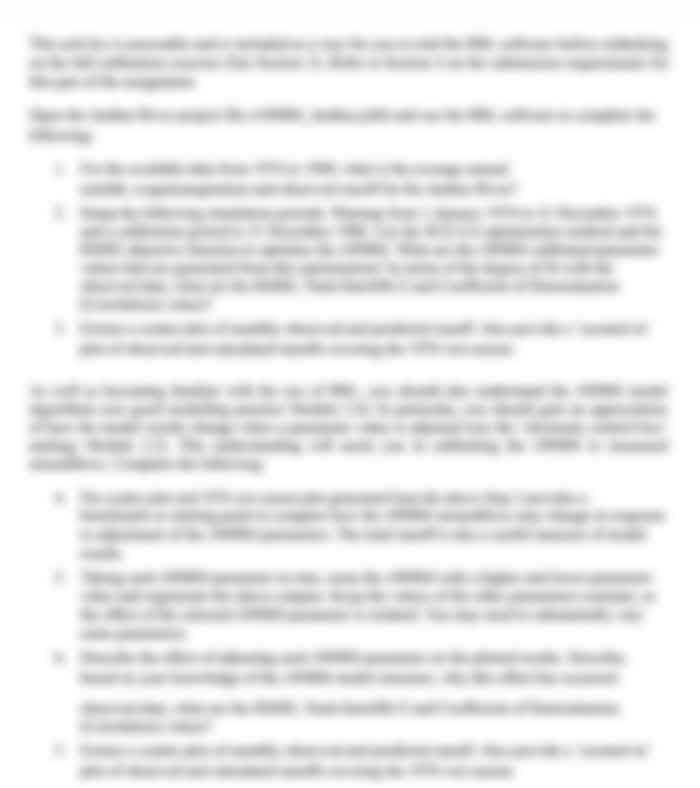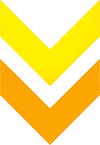Navigating the Future: IoT enabled fashion industry: Paving the Way for Green Leadership
Navigating the Future: IoT enabled fashion industry: Paving the Way for Green Leadership
RESEARCH ISSUE AND SIGNIFICANCE
The fashion industry, while a powerful driver of economic growth and cultural expression, has been associated with several sustainability challenges and environmental impacts.
According to the House of Commons Environmental Audit Committee, by the year 2030, global apparel consumption is estimated to increase by 63%, surging from the current 62 million tons to 102 million tons. Insight by the UN Fashion Alliance for Sustainable Fashion states that the fashion industry is accountable for approximately 2-8% of the world's greenhouse gas emissions, and it consumes about 215 trillion litres of water annually. Additionally, the insight indicates an annual material loss of $100 billion due to underutilization. The prevalence of overconsumption has prompted a shift towards both physical and online thrift stores, diverting attention from luxury or fast fashion retailers. However, addressing systemic issues and the failure to implement digital transformation in fashion manufacturing requires actions beyond consumer choices. IoT (Internet of things) holds the promise of ushering the fashion industry into a new era characterized by accountability and consistency. Sustainable fashion stands to benefit significantly from IoT, serving as a catalyst for positive change.
RESEARCH QUESTION
Can IoT play a role in promoting sustainability within the fashion sector?
CURRENT SCIENTIFIC RESEARCH STATUS
According to the research, IoT adoption in the fashion industry is slower than in other industries as its technology is often adopted within the bounds of retail supply chain analytics or personalisation, which account for a small part of the overall picture. In the apparel industry, the adoption of IoT has failed to make it into the mainstream.
According to the National Retail Federation (NRF), an average retailer faces $165 million in merchandise returns for every $1 billion in sales. IoT can be employed to identify product issues during transit, thereby substantially reducing the likelihood of returns and the related costs for retailers. IoT technologies facilitate energy-efficient processes in both manufacturing and retail. Buildings equipped with smart sensors optimize energy consumption, and inventory management utilizing RFID (Radio- Frequency Identification) technology helps decrease overproduction and waste. Through the adoption of IoT solutions, the fashion industry can reduce its environmental impact and adopt a circular economy model.
Leading fashion brands have already started leveraging IoT to enhance their sustainability efforts. H&M has recently introduced an impactful initiative, launching a clothing rental service that operates on Blockchain-based IoT. This technology allows consumers to effortlessly book, pay for, and return garments with just a single click. After being returned to the store, the garments undergo cleaning and preparation for subsequent consumers to rent. Zaras parent company Inditex, Uniqlos parent company Fast Retailing, UK retailer M&S, and US sports brand NIKE are among those identified as leading adopters of IoT in apparel.
According to a Global Data report, the anticipated value of the global retail Internet of Things (IoT) market is projected to reach $62.4 billion by 2027. The rising popularity of IoT supply chain monitoring is expected to play a pivotal role, significantly enhancing efficiency for Fashion retailers.
METHODOLOGY
Addressing the research question, the following steps could be undertaken: Examining the current literature on the convergence of IoT and the fashion industry, with a specific emphasis on sustainable practices. This involves scrutinizing case studies that showcase effective applications of IoT in sustainable fashion initiatives. Additionally, conducting surveys within the fashion industry to assess the extent of awareness and integration of IoT for sustainability. Engaging in in-depth interviews with crucial stakeholders, such as fashion designers, manufacturers, and retailers, to acquire qualitative perspectives on their encounters with IoT-driven sustainability measures. Lastly, exploring consumer inclinations toward products incorporating IoT and understanding how such technologies impact their choices during the purchasing process.
Name: Shubham Sharma
Email ID: shubham89sharma@gmail.comSubmission Date: 14th January 2024
BIBLIOGRAPHY
House of Commons Environmental Audit Committee (2019). Fixing fashion: Clothing consumption and sustainability. Available at: https://publications.parliament.uk/pa/cm201719/cmselect/cmenvaud/1952/1952.pdf
National Retail Federation Report, Customer returns in the retail industry (2022). Available at: https://cdn.nrf.com/sites/default/files/2022-12/AR3021 Customer%20Returns%20in%20the%20Retail%20Industry_2022_Final.pdf
UN Fashion alliance for sustainable fashion. Available at: https://unfashionalliance.org/
Global Data Report 2023, Internet of Things (IoT) Market Trends and Analysis by Type, Product, Enterprise Size, Vertical, Region and Segment. Available at: https://www.globaldata.com/store/report/iot-market-analysis/

